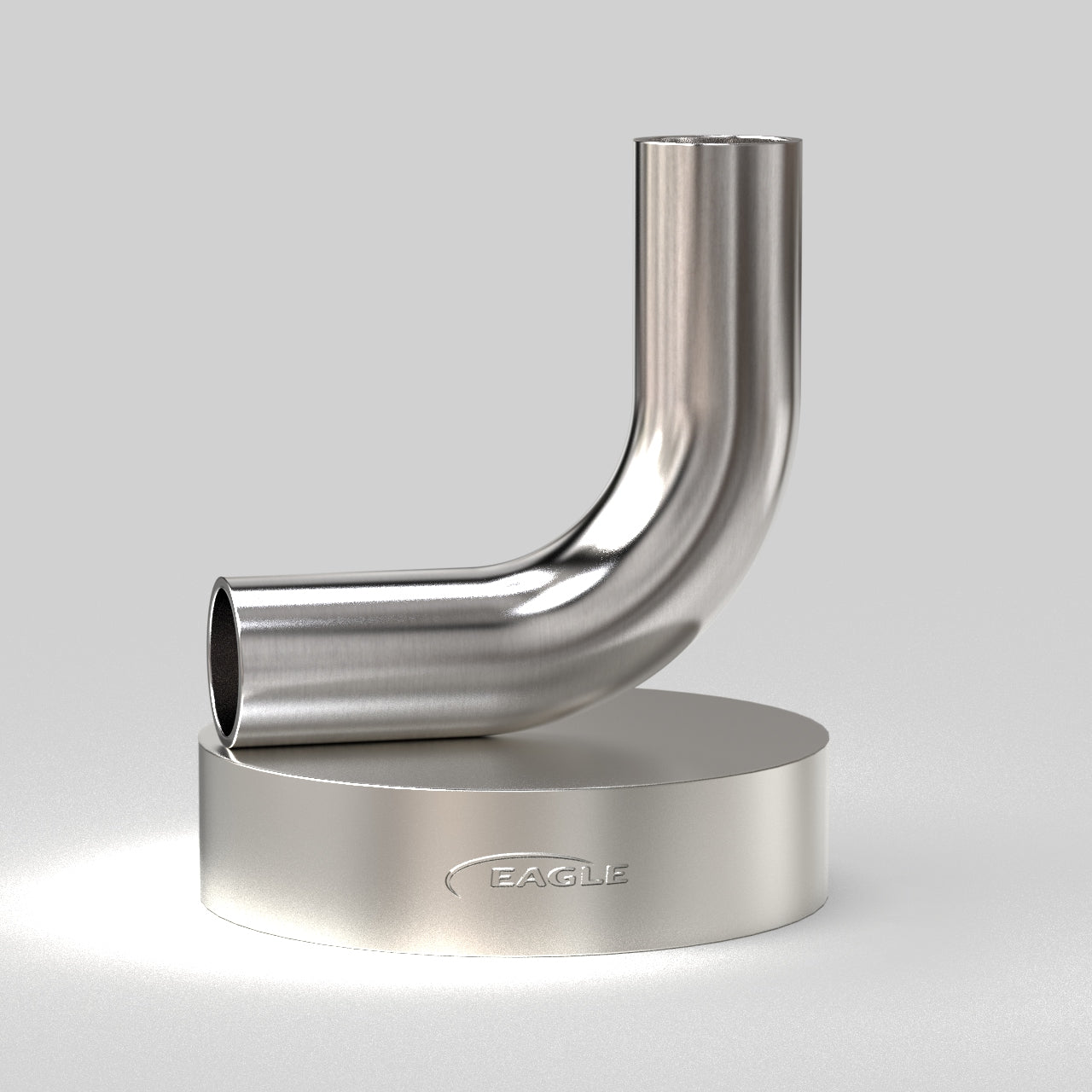Sanitary fittings are widely used in industries with extremely high hygiene requirements such as food, pharmaceuticals, and bioengineering. The following is an inventory of knowledge about sanitary fittings:
I. Materials
- Stainless steel
- The most commonly used material for sanitary fittings is stainless steel, such as 304 and 316L. These stainless steels have the advantages of corrosion resistance, high temperature resistance, high strength, and easy cleaning.
- 304 stainless steel is suitable for general sanitary applications, while 316L stainless steel is more excellent in corrosion resistance, especially suitable for environments containing chloride ions.
- Other materials
- Some sanitary fittings also use other materials that meet hygiene standards, such as polypropylene (PP), polytetrafluoroethylene (PTFE), etc. These materials have good chemical stability and corrosion resistance and are suitable for specific application scenarios.
II. Characteristics
- High surface finish
- The surface of sanitary fittings is precisely processed with high finish, which is not easy to breed bacteria and microorganisms. Generally, the surface roughness is required to reach Ra≤0.8μm or even lower.
- Dead-angle-free design
- The design of fittings usually adopts a dead-angle-free structure, avoiding the generation of stagnant areas for liquids or gases during the flow process, thereby reducing the possibility of bacterial growth.
- Easy to clean and disinfect
- Sanitary fittings can withstand high-temperature and high-pressure cleaning and disinfection processes, such as steam sterilization and chemical disinfection. This ensures the hygienic safety of the fittings during use.
- Good sealing performance
- The connection parts of fittings adopt reliable sealing methods, such as welding and clamp connection, to ensure the sealing of the system and prevent leakage.
III. Classification
- Elbow
- Used to change the direction of the pipeline, and there are specifications of different angles such as 90° elbows and 45° elbows.
- Tee
- Divided into equal-diameter tees and reducing tees, used to connect three pipelines.
- Cross
- Connects four pipelines to realize the branching or convergence of the pipeline.
- Reducer
- Also known as a reducing pipe, used to connect pipelines of different diameters.
- Clamp
- Used for the connection between fittings, easy to install and with good sealing performance.
IV. Application fields
- Food industry
- In food processing, beverage production and other processes, sanitary fittings are used to transport various liquids and gases to ensure food hygiene and safety.
- Pharmaceutical industry
- In the pharmaceutical process, extremely high hygiene requirements are imposed. Sanitary fittings are used to transport pharmaceutical raw materials, solvents, intermediates, etc., to ensure the quality and safety of drugs.
- Bioengineering
- In fields such as biopharmaceuticals and biotechnology, sanitary fittings are used in processes such as cell culture, fermentation, separation and purification to meet strict hygiene standards.
- Cosmetics industry
- In the cosmetics production process, sanitary fittings are needed to transport various raw materials and finished products to ensure product quality and safety.
V. Precautions for selection and installation
- Select the appropriate material and specification
- According to the specific application scenario and medium characteristics, select the appropriate material and specification for sanitary fittings. Consideration factors include corrosion resistance, high temperature resistance, pressure level, etc.
- Ensure reliable quality
- Select reputable manufacturers and brands to ensure the reliable quality of sanitary fittings. You can view the product's certification and test reports to understand its quality and performance.
- Correct installation and connection
- The installation and connection of sanitary fittings must be carried out in strict accordance with specifications to ensure sealing and stability. Use appropriate tools and methods to avoid damaging the fittings.
- Regular inspection and maintenance
- Regularly inspect and maintain sanitary fittings to detect and handle problems in time. Clean and disinfect the fittings to ensure their hygienic performance.
In conclusion, sanitary fittings play a crucial role in industries with extremely high hygiene requirements. Understanding the knowledge of sanitary fittings, selecting the appropriate products, and correctly installing and maintaining them can ensure the hygienic safety and stable operation of the system.









